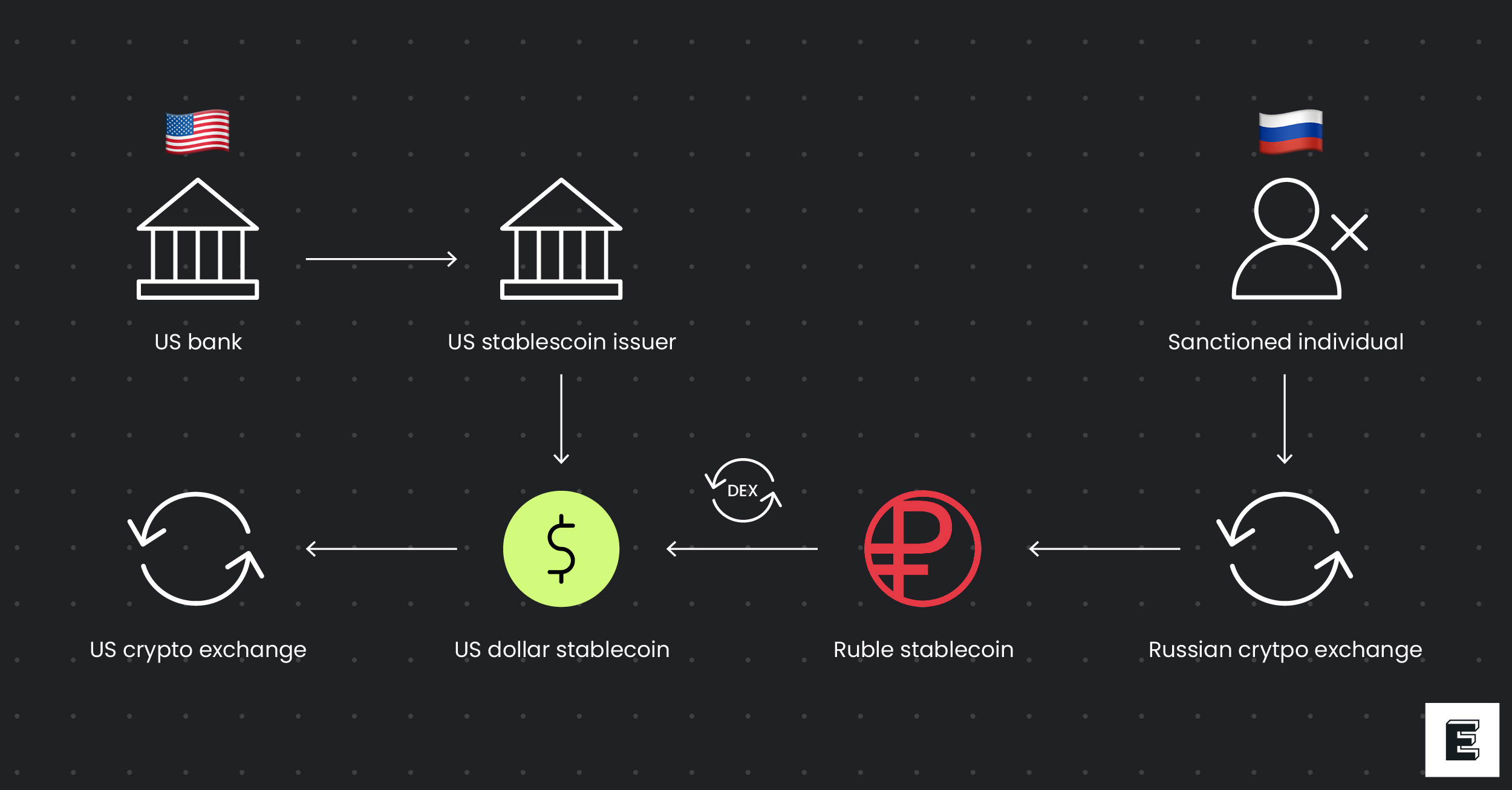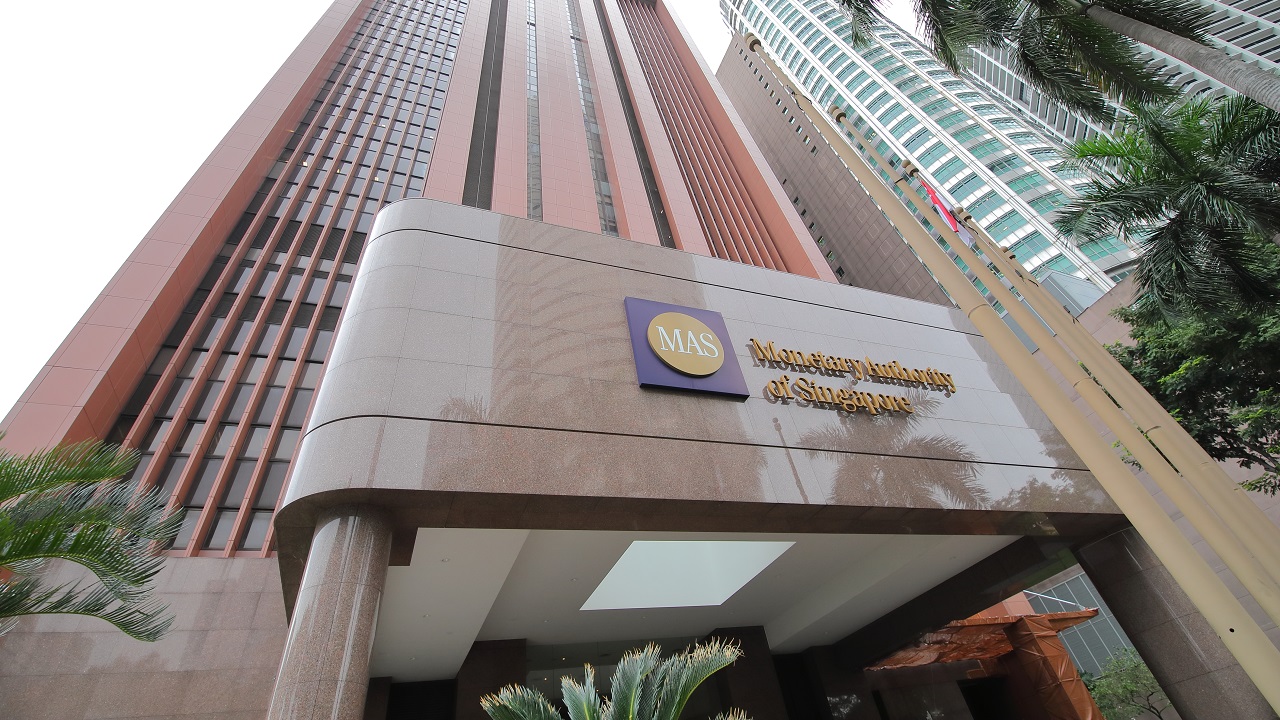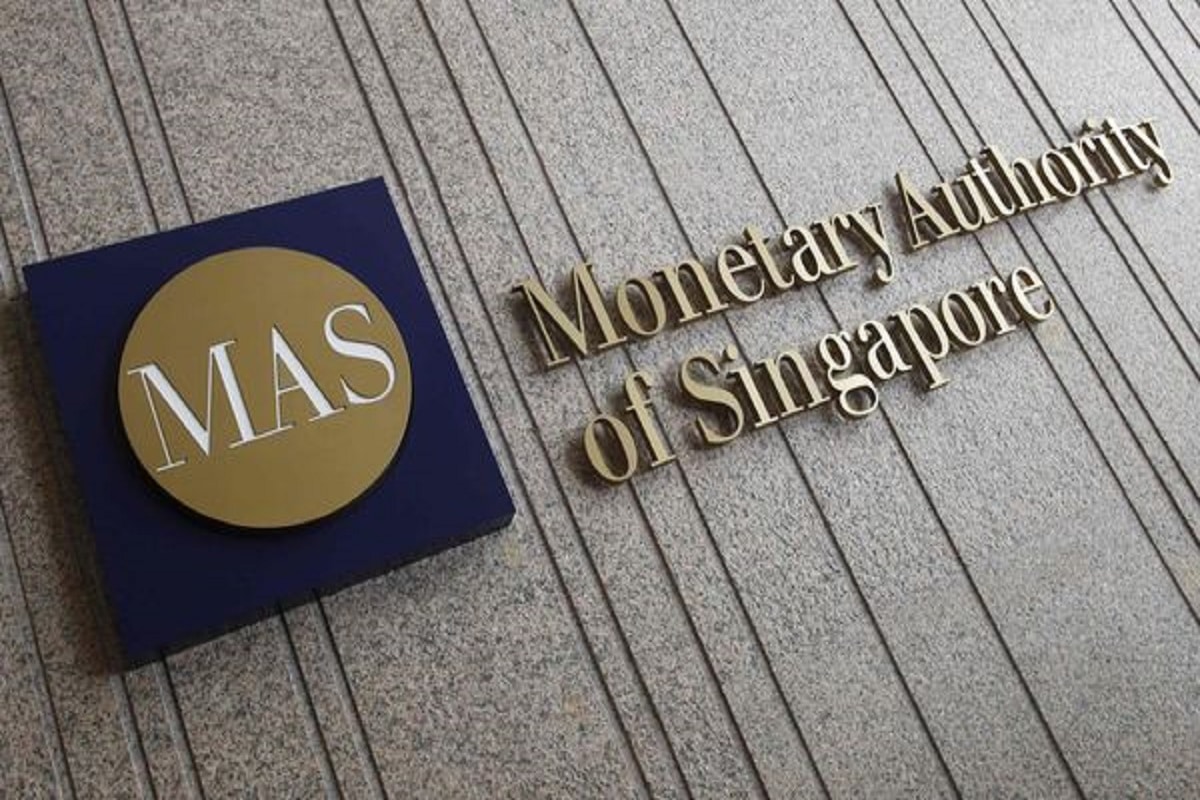
Singapore’s regulatory landscape for stablecoins in 2024 is setting a new global benchmark for clarity, risk management, and institutional confidence. The Monetary Authority of Singapore (MAS) has finalized a robust framework that directly addresses the operational, legal, and financial risks associated with stablecoin issuance. For legal professionals and crypto industry stakeholders, understanding the licensing thresholds and compliance roadmap is now critical for both market access and long-term sustainability.

Single-Currency Stablecoins: The Scope of Regulation
The MAS framework applies specifically to single-currency stablecoins (SCS) pegged to either the Singapore Dollar (SGD) or any G10 currency. This strategic limitation is designed to reinforce financial stability by excluding multi-currency or algorithmic tokens from the “regulated” category. At launch, only SCS issued out of Singapore are eligible for recognition as MAS-regulated stablecoins, a move that prioritizes local oversight and jurisdictional clarity.
This focus on SGD and G10-pegged coins also aligns Singapore’s policy with global prudential standards, reducing foreign exchange volatility risk while signaling clear boundaries to international issuers. For a detailed breakdown of these requirements, see our legal guide for crypto firms.
Licensing Thresholds: When Is a License Required?
The regulatory trigger is precise: non-bank issuers with SCS in circulation exceeding S$5 million must secure a Major Payment Institution (MPI) license under the new Stablecoin Issuance Service category. Issuers below this threshold are exempt from licensing but face strict marketing prohibitions, they cannot represent their tokens as “MAS-regulated stablecoins. ” This creates a clear incentive structure: either scale up operations into the regulated tier or remain niche without leveraging regulatory status for user trust.
The S$5 million threshold is not arbitrary; it reflects systemic risk calculations based on anticipated transaction volumes and consumer exposure. Institutions planning large-scale issuance or cross-border integration must prepare early for robust compliance reviews by MAS.
Core Compliance Pillars: Reserve, Redemption, Capital and Disclosure
Reserve requirements sit at the heart of Singapore’s approach. Issuers must maintain reserve assets equal to at least 100% of the par value of all outstanding SCS at all times, held exclusively in low-risk, highly liquid instruments denominated in the same currency as the stablecoin peg. This structure sharply mitigates insolvency risk and supports rapid redemption scenarios.
Redemption obligations are equally stringent: holders must be able to redeem their tokens at par value within five business days of request. This enshrines user confidence by guaranteeing liquidity under stress conditions, a key differentiator from unregulated alternatives.
Capital adequacy rules require issuers to maintain a base capital of at least S$1 million or 50% of annual operating expenses (whichever is higher). Liquidity buffers must cover more than half of annual operating expenses or be sufficient to support recovery or an orderly wind-down, ensuring operational resilience even during adverse events.
Disclosure and audit requirements complete the compliance matrix: monthly independent attestations of reserves and annual financial audits are mandatory, alongside clear user-facing disclosures about rights, risks, and redemption mechanics. These transparency mandates are designed to prevent shadow risks from accumulating off-balance sheet or through opaque structures.
Navigating Early Adoption and Market Entry
The MAS encourages proactive compliance preparations well ahead of application submissions. Only those meeting all requirements may label their product as an “MAS-regulated stablecoin”: a mark expected to become a significant trust signal for enterprise users and payment counterparties across APAC. For step-by-step guidance on preparing your compliance stack, visit our comprehensive guide for 2024.
Market participants should note that Singapore’s framework is not merely a box-ticking exercise. MAS has signaled that ongoing supervision will be intensive, with periodic reviews of reserve sufficiency, redemption performance, and operational soundness. Issuers must be prepared for real-time scrutiny and the possibility of evolving standards as the regulatory environment matures.
Top Compliance Challenges for Stablecoin Issuers in Singapore
-

Stringent Reserve Asset Requirements: Issuers must maintain 100% reserve backing in low-risk, highly liquid assets denominated in the same currency as the stablecoin, demanding robust treasury management and real-time monitoring.
-

Redemption at Par Within Five Days: Issuers are obligated to guarantee par value redemption for holders within five business days, necessitating seamless liquidity and operational readiness.
-

Capital and Liquidity Thresholds: Compliance requires a minimum S$1 million base capital or 50% of annual operating expenses, plus sufficient liquid assets to support recovery or orderly wind-down scenarios.
-

Comprehensive Disclosure and Audit Obligations: Issuers must provide monthly independent attestations and annual financial audits, increasing the need for ongoing transparency and rigorous reporting systems.
-

Singapore-Only Issuance and Currency Peg Restrictions: Stablecoins must be issued solely out of Singapore and can only be pegged to the Singapore Dollar or G10 currencies, limiting market reach and requiring careful jurisdictional compliance.
One unique aspect of Singapore’s approach is its opt-in model for stablecoin regulation. Issuers can choose whether to operate under the MAS regime or remain outside it, provided they do not cross the S$5 million threshold or market their tokens as regulated. This flexibility allows smaller fintechs to innovate at lower scale while setting a clear path to institutional legitimacy for those seeking broader adoption.
However, those aiming for “MAS-regulated stablecoin” status must invest significantly in compliance infrastructure from day one, legal teams, risk officers, and independent auditors are now essential. The competitive advantage will accrue to firms that treat regulatory compliance as a core product feature rather than an afterthought.
Strategic Considerations: Enterprise and Cross-Border Implications
For enterprises and payment networks, MAS-regulated stablecoins offer a credible on-ramp to digital asset settlement and programmable finance. The guarantee of par redemption within five days and full reserve backing provides a foundation for integrating SCS into treasury operations, payroll flows, or cross-border remittances without introducing new counterparty risks.
This regulatory clarity also positions Singapore as a regional hub for APAC stablecoin issuance, particularly attractive for multinational corporates seeking compliant rails between fiat and digital economies. As global banks and payment processors weigh their entry strategies, Singapore’s licensing regime is likely to shape best practices across neighboring jurisdictions.
Looking ahead, practitioners should anticipate further harmonization between Singapore’s rules and emerging international standards such as those from IOSCO or the FSB. Early movers who align with MAS requirements will be well positioned to adapt as interoperability frameworks develop across Asia-Pacific.
Ultimately, the value proposition of an “MAS-regulated stablecoin” comes down to trust, backed by transparent reserves, prompt redemption guarantees, robust capital buffers, and continuous oversight. Legal professionals advising clients on Singapore stablecoin licensing 2024 should emphasize that regulatory agility will be just as important as technical innovation in this fast-evolving sector.




